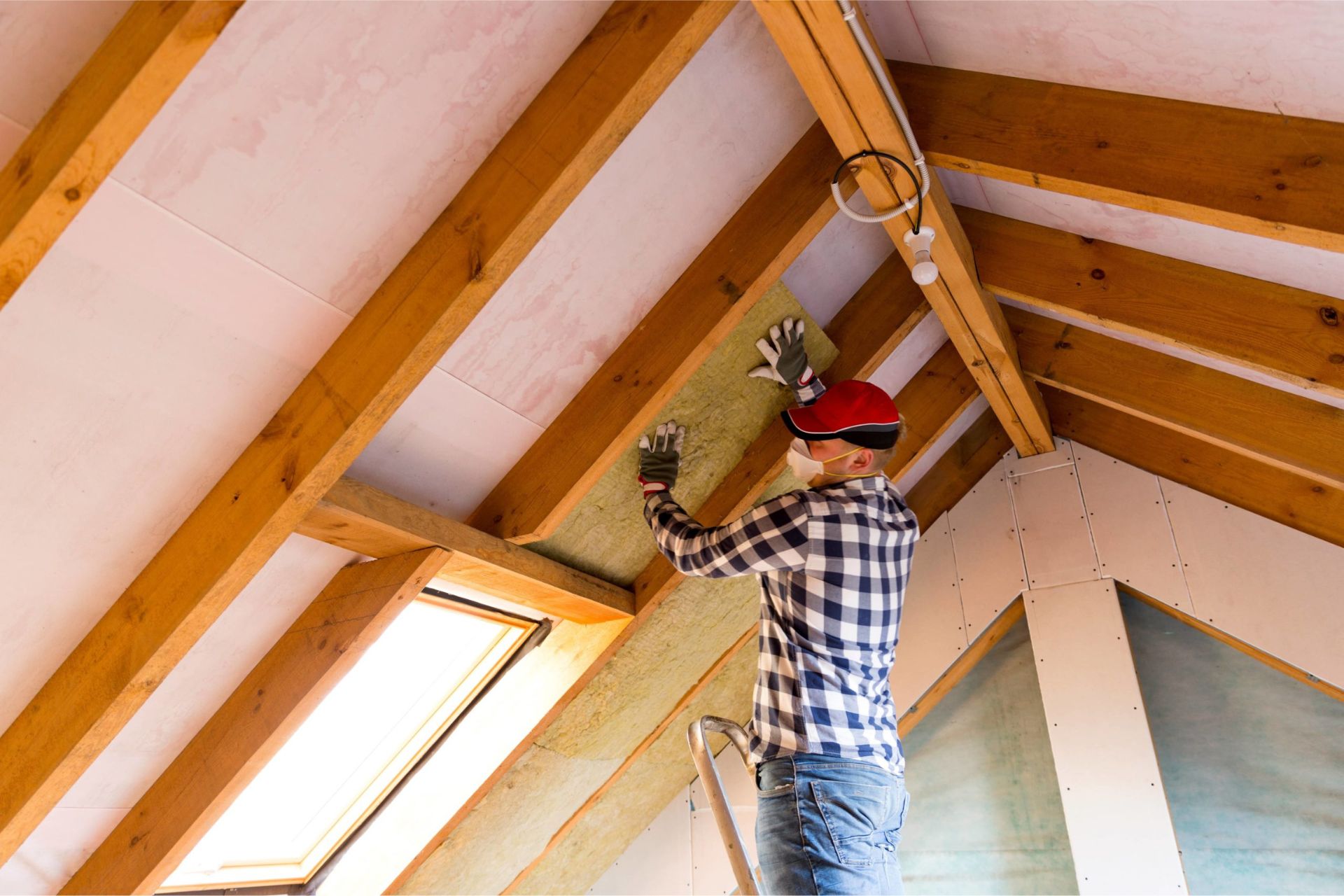

Articles
How Much Does Insulation Save On Energy Bills
Modified: February 23, 2024
Learn how insulating your home can save you money on energy bills. Read our informative articles for tips and advice on maximizing energy efficiency.
(Many of the links in this article redirect to a specific reviewed product. Your purchase of these products through affiliate links helps to generate commission for Storables.com, at no extra cost. Learn more)
Introduction
Welcome to the fascinating world of insulation! If you are a homeowner or someone looking to save on energy bills, you have come to the right place. In this article, we will explore the concept of insulation and its incredible impact on energy efficiency. Whether you are trying to keep your home warm during those chilly winter months or cool during scorching summers, insulation plays a vital role in maintaining a comfortable indoor environment while potentially saving you a significant amount of money on energy bills.
Insulation serves as a protective barrier, preventing the exchange of heat between the interior and exterior of a building. By minimizing the transfer of heat, insulation keeps your home at an optimal temperature, reducing the need for excessive heating or cooling. This not only enhances comfort but also helps to conserve energy and lowers your carbon footprint.
Considering the rising cost of energy and the growing awareness of environmental sustainability, it is important to understand the value of energy efficiency. A well-insulated home can significantly reduce energy consumption and expenses associated with heating, cooling, and even lighting. So, let’s dive deeper into the world of insulation and explore the ways in which it can help you save on your energy bills.
Key Takeaways:
- Insulation is a game-changer for energy efficiency, offering benefits like reduced energy bills, improved comfort, and environmental sustainability. Understanding insulation types and energy savings can lead to smart decisions for a greener future.
- Real-life case studies demonstrate the tangible impact of insulation, showcasing significant energy savings and enhanced comfort. By investing in the right insulation and considering energy efficiency, homeowners and building owners can reap long-term rewards.
Read more: How Much Will Insulation In An Attic Save Me
Understanding Insulation
Insulation is a material or a combination of materials that slows down the transfer of heat between different areas. It is typically installed in the walls, floors, and ceilings of buildings to provide thermal resistance and improve energy efficiency. The basic principle behind insulation is to create a barrier that restricts the flow of heat, keeping the desired temperature inside while preventing the outside temperature from affecting the interior.
Insulation works by trapping air in small pockets. Air is a poor conductor of heat, so these air pockets act as a buffer, reducing heat transfer. The effectiveness of insulation is measured by its thermal resistance or R-value. The higher the R-value, the more effective the insulation is at resisting heat flow.
Another key factor in insulation is the concept of thermal bridging. Thermal bridging occurs when a material with a higher conductivity, such as metal, comes in contact with the insulated surface, allowing heat to bypass the insulation. Properly insulating around these thermal bridges is crucial to maintaining the integrity of the insulation.
Insulation materials come in various forms, including batts or rolls, blown-in loose fill, rigid foam boards, and spray foam. Each type has its own advantages and is suitable for different applications. Choosing the right insulation material depends on factors such as the area to be insulated, the desired R-value, and any specific requirements or constraints of the building.
In addition to thermal insulation, there are also other types of insulation that address different needs. For example, soundproofing insulation reduces noise transmission between rooms, while moisture barrier insulation helps prevent the intrusion of moisture and water.
Understanding the underlying principles and types of insulation will help you make informed decisions about the best insulation strategies for your home or building. Now let’s explore why energy efficiency is so important in our daily lives.
The Importance of Energy Efficiency
Energy efficiency has become a paramount consideration in today’s world, and for good reason. The excessive consumption of energy not only contributes to environmental degradation but also escalates energy bills, putting a strain on household budgets. By improving energy efficiency, we can significantly reduce our carbon footprint and save money at the same time.
One of the biggest advantages of energy efficiency is the conservation of natural resources. Most of the energy we consume comes from non-renewable sources like fossil fuels. These resources are finite and are being depleted at an alarming rate. By using energy more efficiently, we can reduce the demand for these resources and create a more sustainable future for generations to come.
Energy efficiency also plays a crucial role in reducing greenhouse gas emissions. When we burn fossil fuels to generate electricity or heat, we release carbon dioxide (CO2) and other greenhouse gases into the atmosphere. These gases trap heat and contribute to climate change. By using less energy, we can mitigate our impact on the environment and work towards a cleaner, greener planet.
From a financial perspective, energy efficiency offers substantial benefits. By minimizing energy consumption, you can significantly decrease your monthly utility bills. This is particularly important as energy costs continue to rise. By making energy-efficient choices, such as incorporating insulation into your home, you can save a considerable amount of money over time.
Energy-efficient homes also tend to have higher market value. Buyers are increasingly looking for properties that offer energy-saving features and lower operating costs. Investing in energy efficiency not only enhances the comfort of your home but also provides a tangible return on investment should you decide to sell in the future.
Furthermore, energy efficiency promotes better indoor air quality. Insulation can help seal gaps and cracks in the building envelope, reducing the infiltration of pollutants from the outside. This leads to a healthier living environment by preventing the entry of allergens, pollutants, and outdoor noise.
In essence, energy efficiency offers a multitude of advantages, from environmental sustainability to financial savings and improved comfort. By understanding the importance of energy efficiency, we can take proactive steps to make our homes and buildings more energy-efficient, starting with the installation of proper insulation.
Factors Affecting Energy Bills
Energy bills can vary significantly from one household to another, and understanding the factors that influence these costs can help you make informed decisions to reduce your energy consumption. Several key factors can affect your energy bills, including:
- Climate: The climate in which you live plays a significant role in your energy usage. If you are located in an area with extreme temperatures, such as very hot summers or cold winters, you may rely heavily on heating or cooling systems, leading to higher energy bills.
- Home Size and Layout: The size and layout of your home can impact your energy consumption. Larger homes generally require more energy to heat and cool compared to smaller homes. Additionally, the layout of your home can impact air circulation, which affects the efficiency of heating and cooling systems.
- Insulation and Weatherization: The presence or absence of insulation in your home is a significant factor in energy efficiency. Insufficient insulation or air leaks in windows, doors, and walls can lead to energy loss and higher energy bills. Proper insulation and weatherization measures can help reduce energy waste.
- Appliances and Equipment: The energy efficiency of your appliances, heating and cooling systems, and other equipment can greatly impact your energy bills. Energy-efficient appliances and systems consume less energy and can result in substantial cost savings over time.
- Usage Patterns: Your energy usage habits also play a role in determining your energy bills. Factors such as the number of occupants, their lifestyle, and daily routines can affect energy consumption. For example, leaving lights on when not needed, running appliances during peak hours, and inefficient use of heating and cooling systems can increase energy costs.
- Energy Rates: The cost of energy itself, including electricity and fuel, is a significant factor affecting energy bills. Energy rates vary by region and can change over time, impacting the overall cost of your energy consumption.
By considering these factors, you can identify areas where you can make changes to reduce your energy consumption and ultimately lower your energy bills. Investing in energy-efficient measures, such as insulation, upgrading appliances, and adjusting usage patterns, can make a significant difference in your monthly energy costs.
Benefits of Insulation
Insulation offers numerous benefits for homeowners and building occupants, beyond just energy savings. Let’s explore some of the key advantages of insulation:
- Energy Savings: The primary benefit of insulation is its ability to reduce energy consumption. By minimizing heat transfer through walls, floors, and ceilings, insulation helps maintain a consistent indoor temperature, reducing the need for heating and cooling systems. This, in turn, leads to substantial energy savings and lower utility bills.
- Improved Comfort: Properly insulated homes provide enhanced comfort for occupants. Insulation helps regulate indoor temperatures, creating a more pleasant living environment. It prevents cold drafts during the winter and reduces heat gain during the summer, ensuring a comfortable indoor climate throughout the year.
- Noise Reduction: Insulation materials also have soundproofing properties, reducing the transmission of external noise into the building. This is especially beneficial for those living in noisy urban areas or near busy roads. Insulation helps create a quieter and more peaceful indoor environment.
- Enhanced Indoor Air Quality: Insulation helps seal gaps and cracks in the building envelope, preventing the entry of outdoor pollutants and allergens. By minimizing air infiltration, insulation improves indoor air quality, creating a healthier living environment for occupants.
- Increase in Property Value: Homes with proper insulation are highly sought after by homebuyers, as energy efficiency is a crucial consideration in today’s real estate market. Installing insulation can increase the market value of your property, making it a worthwhile investment.
- Environmental Sustainability: Insulation plays a significant role in reducing greenhouse gas emissions and combating climate change. By reducing energy consumption, insulation minimizes the demand for fossil fuels, which leads to lower carbon dioxide (CO2) emissions and helps create a more sustainable future.
- Long-Term Cost Savings: While the initial cost of insulation installation may vary, the long-term cost savings are substantial. By reducing energy bills and minimizing the need for frequent repairs or replacement of HVAC systems, insulation provides a solid return on investment over time.
Overall, insulation offers a wide range of benefits, from energy savings and improved comfort to noise reduction and environmental sustainability. It is an essential component of any energy-efficient home or building, providing long-term advantages for both homeowners and the planet.
Proper insulation can save up to 20% on heating and cooling costs. Make sure your home is well insulated to maximize energy savings.
Read more: How To Save On Air Conditioning Bill
Types of Insulation Materials
Insulation materials come in various forms, each with its own unique properties and suitability for different applications. Understanding the different types can help you choose the most appropriate insulation for your specific needs. Here are some common types of insulation materials:
- Fiberglass: Fiberglass insulation is one of the most widely used insulation materials. It consists of fine glass fibers that are spun together to form a soft, fluffy material. Fiberglass insulation is available in rolls or batts and is known for its affordability and ease of installation. It has good thermal resistance and can effectively reduce heat transfer.
- Mineral Wool: Mineral wool, also known as rock wool or stone wool, is made from natural minerals like basalt or diabase. It is produced by melting these minerals at a high temperature and then spinning them into fibers. Mineral wool insulation offers excellent fire resistance and soundproofing properties. It is commonly used in areas where fire safety is a concern.
- Cellulose: Cellulose insulation is made from recycled paper treated with fire retardant chemicals. It is available in loose-fill form, which is blown or sprayed into cavities. Cellulose insulation is an eco-friendly option, as it uses recycled materials, offers good thermal resistance, and helps reduce noise transmission.
- Spray Foam: Spray foam insulation is a versatile option that expands and solidifies upon application. It forms an airtight seal, providing excellent thermal and moisture resistance. Spray foam insulation is commonly used in hard-to-reach areas and can effectively fill gaps and crevices. However, it requires professional installation due to its specialized application process.
- Rigid Foam: Rigid foam insulation is a dense, solid insulating material that comes in the form of boards or panels. It offers high thermal resistance and is ideal for insulating walls, roofs, and foundations. Rigid foam insulation is available in different types, including expanded polystyrene (EPS), extruded polystyrene (XPS), and polyisocyanurate (polyiso).
- Natural Fibers: Insulation materials made from natural fibers, such as cotton, sheep’s wool, or straw, are gaining popularity due to their eco-friendly nature. These materials are often treated to enhance their fire resistance and insect repellent properties. Natural fiber insulation offers good thermal performance and contributes to a healthier indoor environment.
It is important to select the right insulation material based on factors such as the area to be insulated, the desired R-value, fire safety requirements, and any specific considerations or constraints of the building. Consulting with insulation professionals can help you make an informed decision and ensure optimal insulation performance.
Choosing the Right Insulation
Choosing the right insulation for your home or building is crucial for achieving optimal energy efficiency and comfort. Several factors should be taken into consideration when selecting insulation materials:
- R-Value: The R-value of insulation measures its resistance to heat flow. The higher the R-value, the greater the insulating effectiveness. Determining the appropriate R-value depends on factors such as climate, local building codes, and the desired level of energy efficiency. Consult an insulation professional or refer to local guidelines to determine the recommended R-values for your area.
- Insulation Type: Consider the different types of insulation materials available, such as fiberglass, mineral wool, cellulose, spray foam, rigid foam, or natural fibers. Each type has its own strengths and is suitable for different areas of the building. Identify the specific requirements and constraints of your project to choose the most suitable insulation type.
- Application Area: Different areas of a building may require different types of insulation. For example, batt or roll insulation may be suitable for walls and attics, while rigid foam or spray foam insulation may be more appropriate for insulating foundations or crawl spaces. Assess the unique needs of each area to select the right insulation for the application.
- Moisture and Mold Resistance: Consider the moisture levels in your region and select insulation materials that provide adequate resistance to moisture and mold. Properly addressing moisture issues is critical to maintaining the integrity and effectiveness of the insulation over time.
- Fire Safety: Pay attention to the fire safety properties of insulation materials. Certain types, such as mineral wool or spray foam, offer excellent fire resistance, while others may require additional fire-retardant treatments to meet building codes. Consult local regulations and consider the fire safety requirements of your project.
- Budget: Determine your budget for insulation installation, including both material and installation costs. Some insulation materials may have a higher initial cost but can provide greater long-term energy savings, potentially outweighing the initial investment. Consider the payback period and lifetime cost savings when evaluating different insulation options.
It is recommended to consult with insulation professionals or contractors who can provide guidance tailored to your specific needs. They can assess your building’s characteristics, energy requirements, and budget to recommend the most suitable insulation materials and installation methods. Investing in proper insulation and professional expertise will ensure that you select the right insulation and achieve the desired energy efficiency goals for your home or building.
Estimating Energy Savings
Estimating the potential energy savings from insulation is an important step in understanding the impact it can have on your energy bills. While the exact energy savings will depend on various factors, including climate, insulation type, and usage patterns, there are some general guidelines to help you estimate the potential savings:
- R-Value Improvement: Higher R-values indicate greater insulation effectiveness. By increasing the R-value of your insulation, you can reduce heat transfer and improve energy efficiency. It is estimated that for every 1-point increase in R-value, you can achieve energy savings of about 5-10%.
- Climate Considerations: The climate in which you live plays a significant role in energy consumption. In colder climates, insulation helps retain heat and reduce the need for heating, while in warmer climates, it helps keep the cool air inside and reduce the need for air conditioning. The more extreme the temperatures, the greater the potential energy savings from insulation.
- Existing Insulation: If you already have some insulation in place, adding additional insulation can still result in energy savings. Insulation layers work together to provide cumulative thermal resistance and enhance energy efficiency. Assess the current insulation levels and consider whether adding more insulation or upgrading to higher-performance insulation is necessary.
- Whole-Home Approach: Energy savings from insulation are best achieved when combined with a whole-home energy efficiency approach. This includes sealing air leaks, ensuring proper ventilation, and using energy-efficient appliances and systems. By addressing all aspects of energy efficiency, you can maximize the energy savings potential of insulation.
- Energy Audits and Calculators: Consider conducting a professional energy audit or using online energy calculators to estimate potential energy savings based on your specific home characteristics. These tools take into account factors like insulation levels, climate, and energy usage patterns to provide a more accurate estimation of potential energy savings.
While estimating energy savings is valuable, it is important to note that actual savings can vary depending on individual circumstances. Factors such as occupancy, lifestyle, and energy rates can also influence energy bills. However, investing in insulation is generally recognized as an effective strategy for reducing energy consumption and lowering energy costs.
For the most accurate estimation of potential energy savings, it is recommended to consult with insulation professionals or energy experts who can assess your home or building’s specific characteristics and provide a detailed analysis of the expected energy savings.
Case Studies: Real-Life Savings
Real-life case studies provide valuable insights into the actual energy savings achieved through insulation projects. While the savings can vary depending on factors such as the size of the building, insulation type, and local climate, here are a couple of examples to demonstrate the potential savings:
Case Study 1: Residential Home
In the first case study, a homeowner decided to upgrade their insulation by adding fiberglass batt insulation to their attic and insulating the walls. The home was located in a region with cold winters and hot summers. The homeowner invested $2,500 in the insulation project.
After the installation, they noticed a significant improvement in the comfort of their home. The heating and cooling systems ran less frequently, and the indoor temperature remained stable throughout the day. When comparing energy bills from the previous year, they found that their monthly energy costs had decreased by approximately 20%. Based on their past energy usage and the estimated lifespan of the insulation, they estimated that the insulation would pay for itself within five years. In addition to the energy savings, the homeowner also benefited from a more comfortable living environment.
Case Study 2: Commercial Building
In another case study, a commercial building with multiple floors implemented a comprehensive insulation upgrade. The building was located in a region with varying weather conditions throughout the year. The project involved installing spray foam insulation in the walls and ceiling, as well as adding weather stripping and insulation to windows and doors. The insulation project cost around $50,000.
After the insulation upgrade, the building experienced significant energy savings. The monthly energy bills showed a reduction of about 30%. The building’s occupants also noticed improved comfort, with more consistent indoor temperatures and reduced drafts. With such energy savings, the building owner estimated that the insulation investment would be recovered within six years. The long-term benefits included lower operating costs, improved tenant satisfaction, and reduced environmental impact.
These case studies highlight the potential energy savings achievable through insulation projects. However, it is important to note that each project’s savings will depend on unique factors and circumstances. Consulting with insulation professionals and conducting energy assessments specific to your home or building will provide a more accurate estimate of the potential energy savings you can achieve.
Overall, these real-life examples demonstrate the tangible benefits and return on investment that can be achieved through insulation upgrades. By enhancing energy efficiency, insulation can lead to substantial savings, improved comfort, and a more sustainable future.
Read more: How Much Warmer Does Insulation Make A House
Conclusion
Insulation plays a pivotal role in improving energy efficiency, reducing energy bills, and enhancing comfort in homes and buildings. By understanding the importance of insulation and its benefits, you can make informed decisions to optimize energy savings and create a more sustainable living environment.
We explored the concept of insulation and how it works to minimize heat transfer, create thermal resistance, and regulate indoor temperatures. We also discussed the factors that impact energy bills, such as climate, insulation, home size, and usage patterns. It became clear that insulation is a key factor in reducing energy consumption and lowering carbon emissions.
The benefits of insulation are numerous. Aside from energy savings, insulation provides improved comfort, noise reduction, enhanced indoor air quality, increased property value, and long-term cost savings. It contributes to a greener planet by conserving natural resources and reducing greenhouse gas emissions.
Choosing the right insulation material and considering factors like R-value, climate, application area, and fire safety is vital. By selecting an appropriate insulation type and engaging insulation professionals, you can ensure optimal energy efficiency and cost-effectiveness.
Estimating energy savings provides valuable insight into the potential impact of insulation. While the exact savings will vary, improving insulation and adopting a whole-home energy efficiency approach can result in notable reductions in energy consumption and utility bills.
Real-life case studies further demonstrate the tangible benefits of insulation. Through these examples, we saw how insulation upgrades led to substantial energy savings, improved comfort, and impressive return on investment in both residential and commercial buildings.
In conclusion, the importance of insulation in energy efficiency and cost savings cannot be understated. Incorporating insulation into your home or building is an investment that not only pays off financially but also contributes to a more sustainable future. Take the necessary steps to assess your insulation needs, consult professionals, and make a positive impact on your energy consumption, comfort, and the environment.
Frequently Asked Questions about How Much Does Insulation Save On Energy Bills
Was this page helpful?
At Storables.com, we guarantee accurate and reliable information. Our content, validated by Expert Board Contributors, is crafted following stringent Editorial Policies. We're committed to providing you with well-researched, expert-backed insights for all your informational needs.
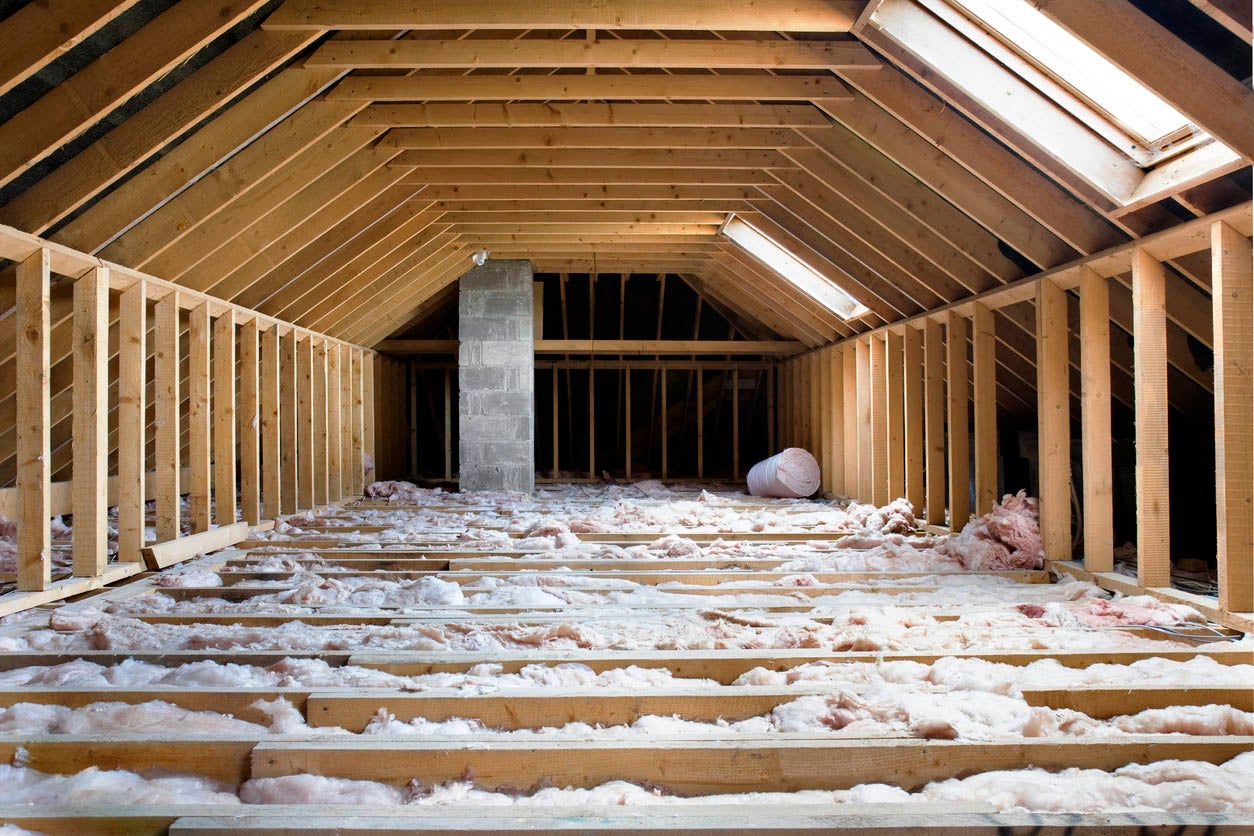
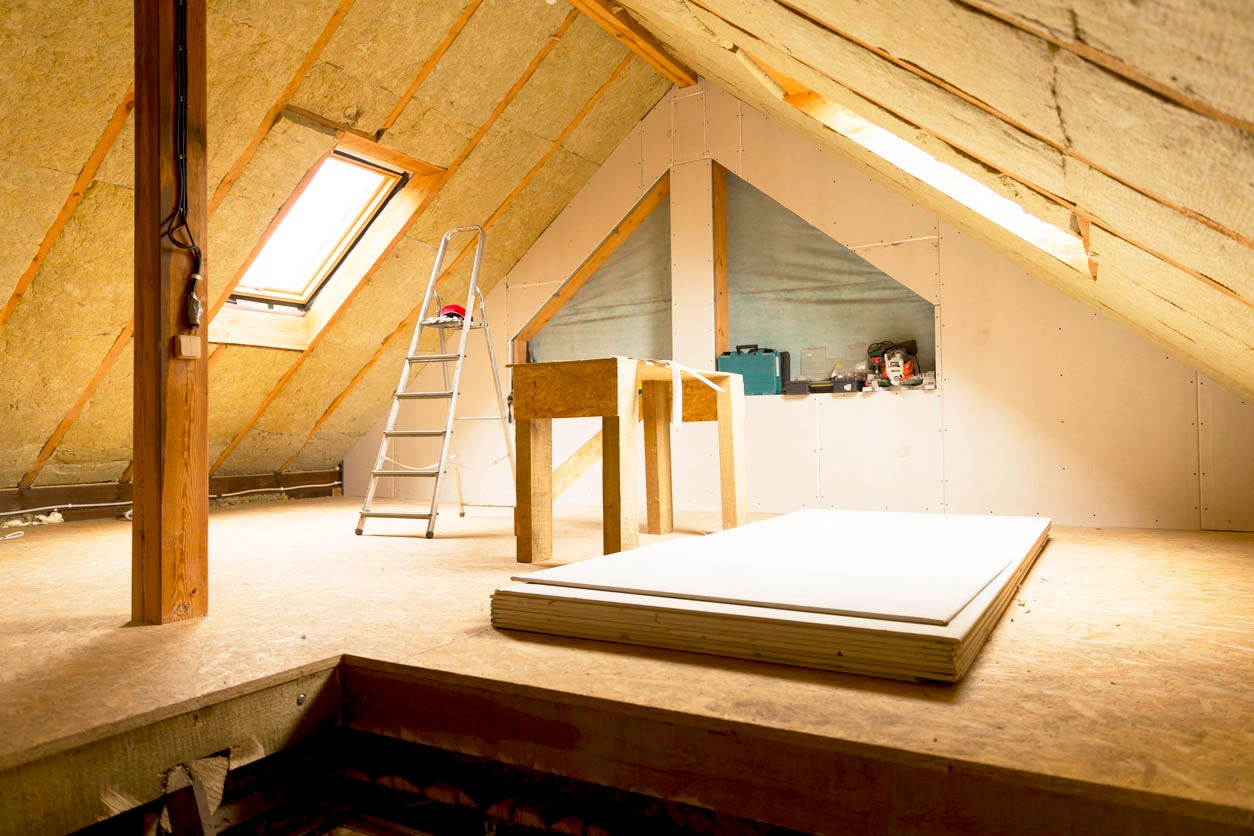
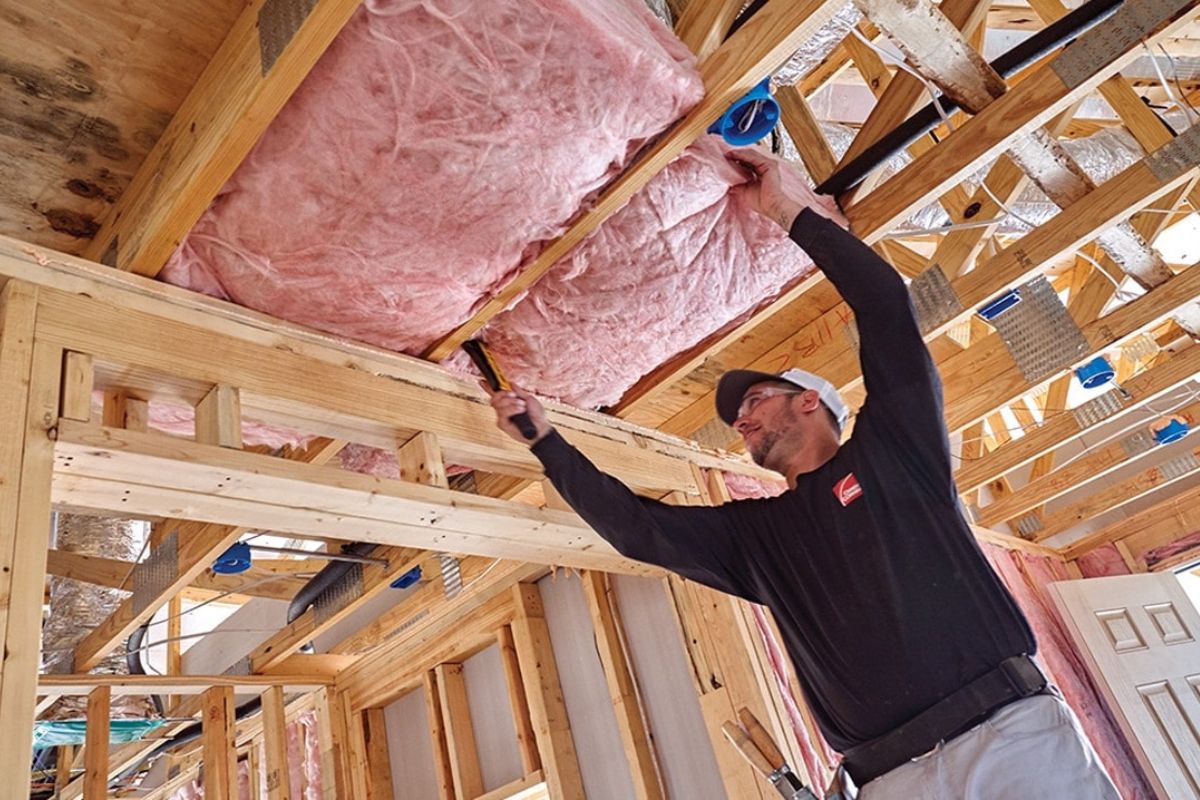
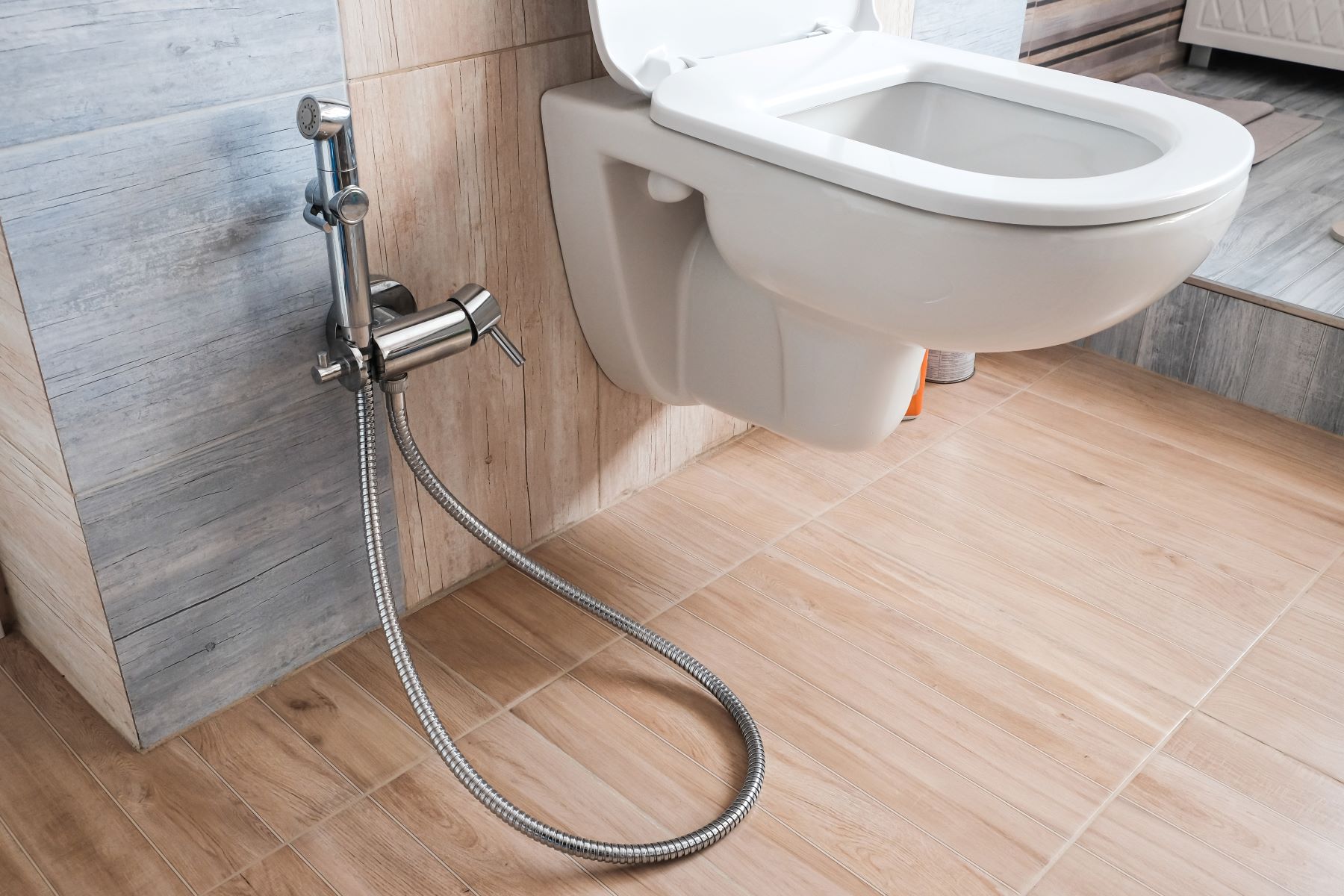
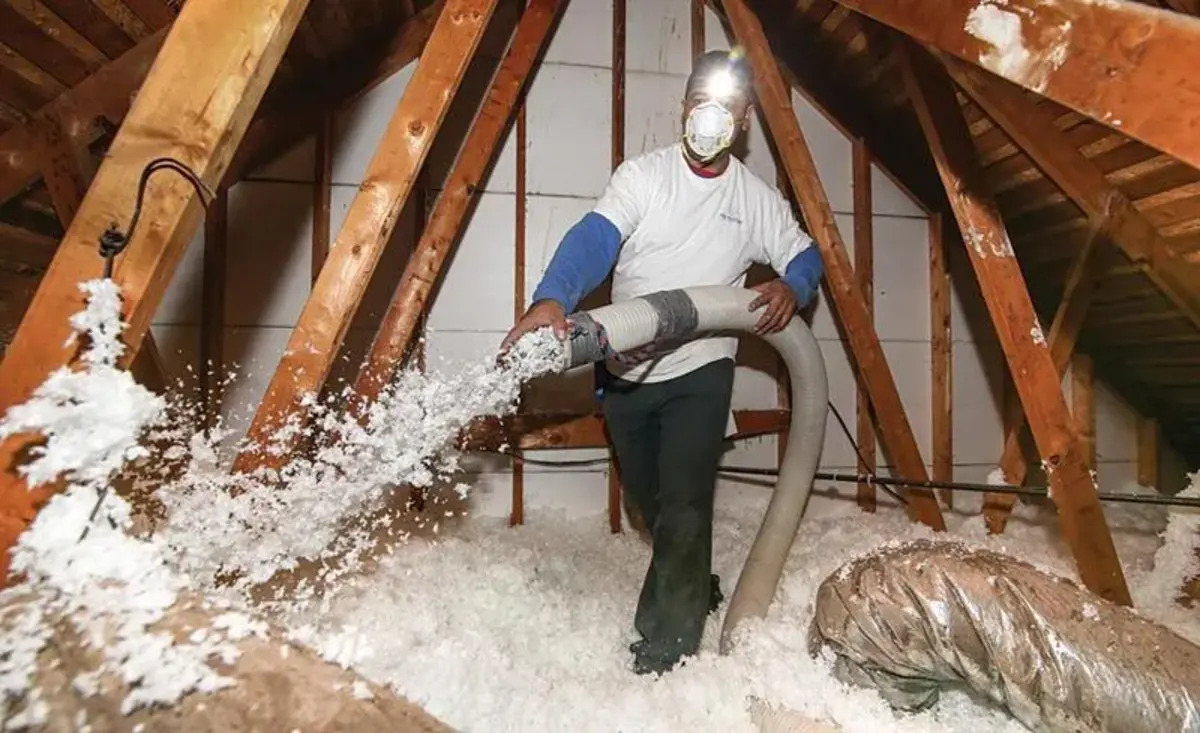
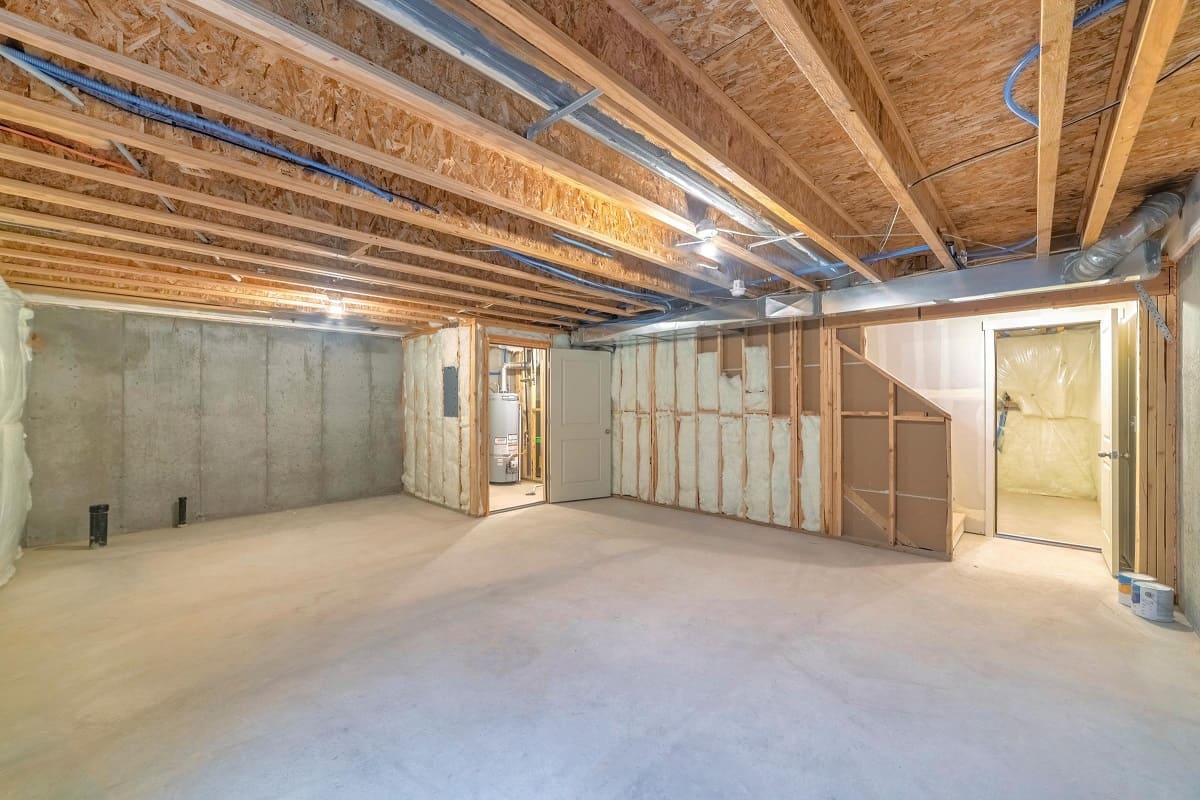
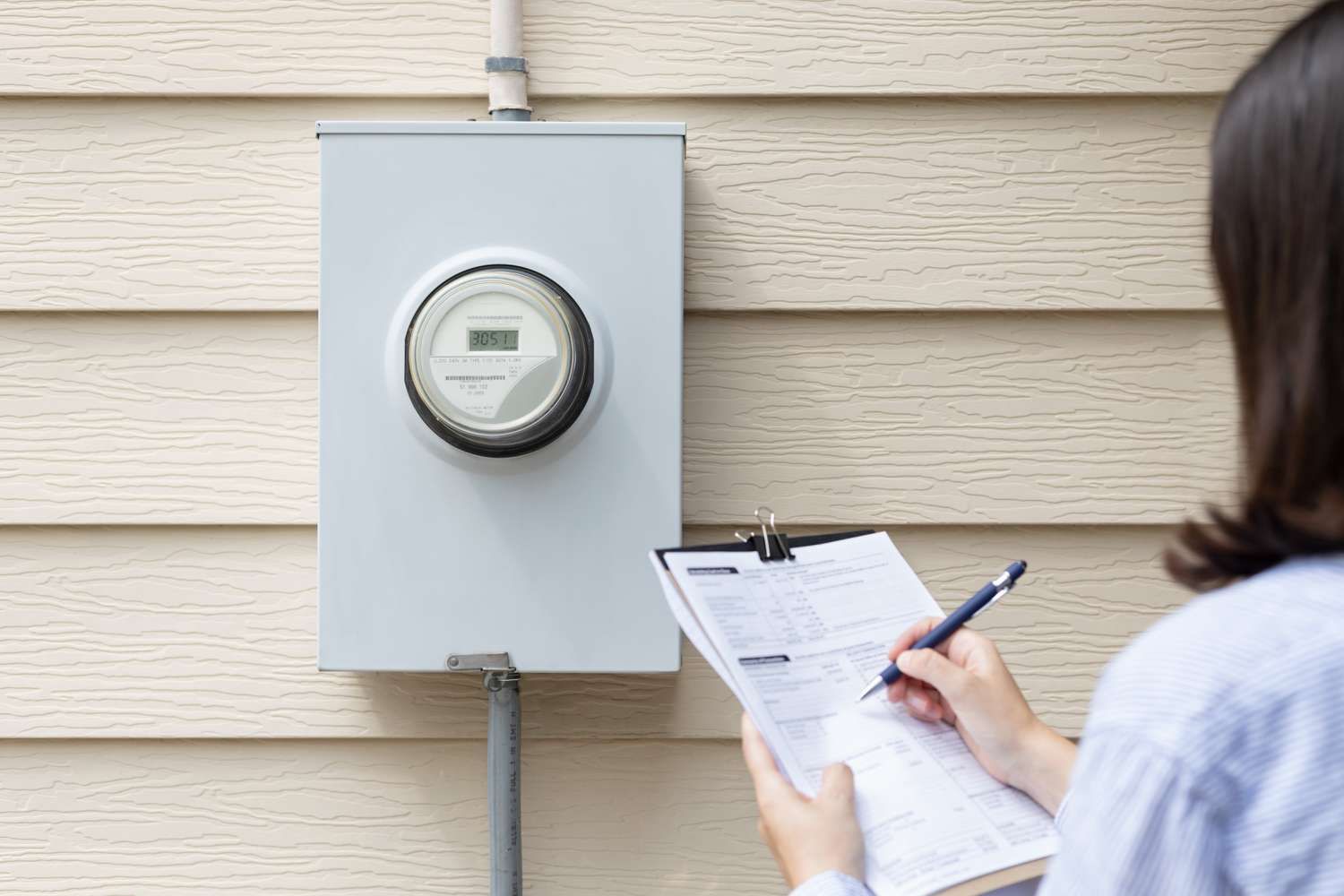
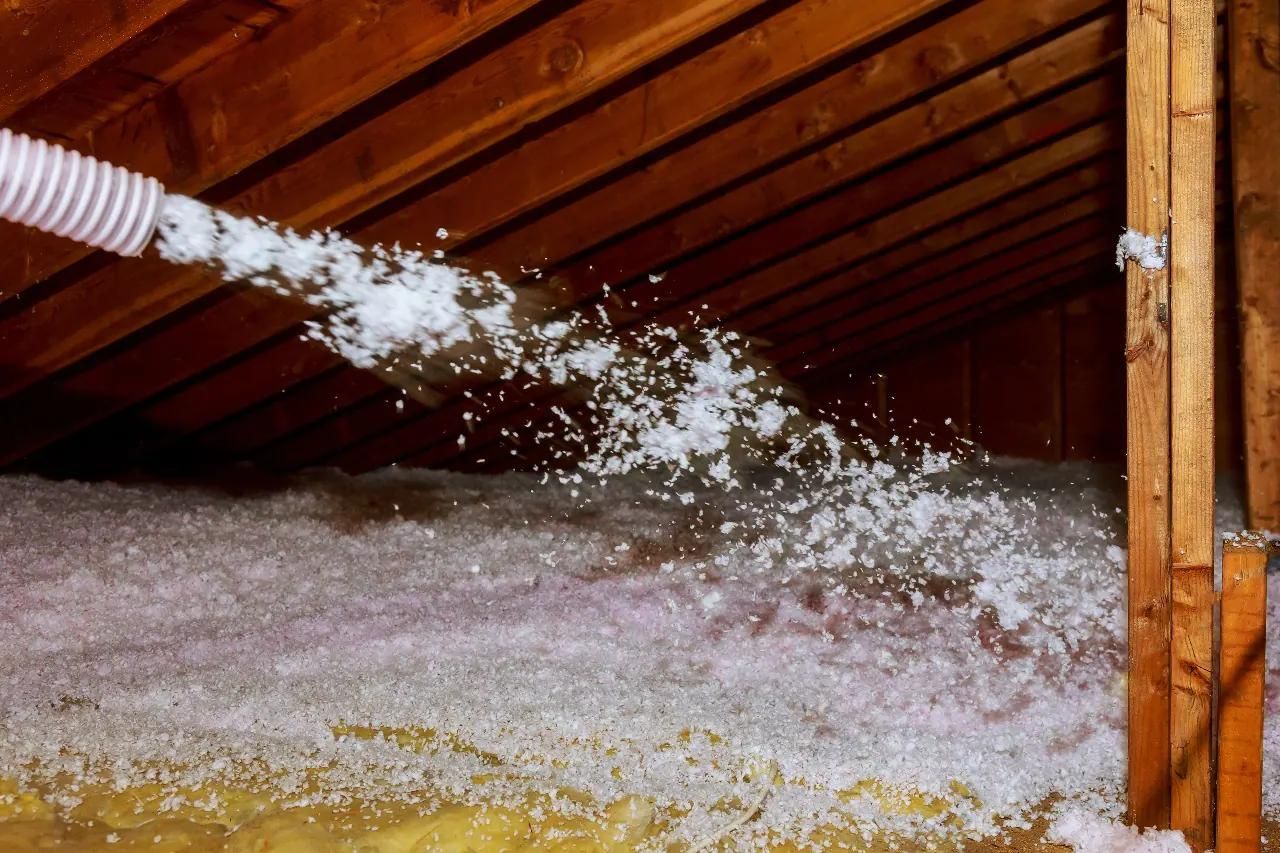

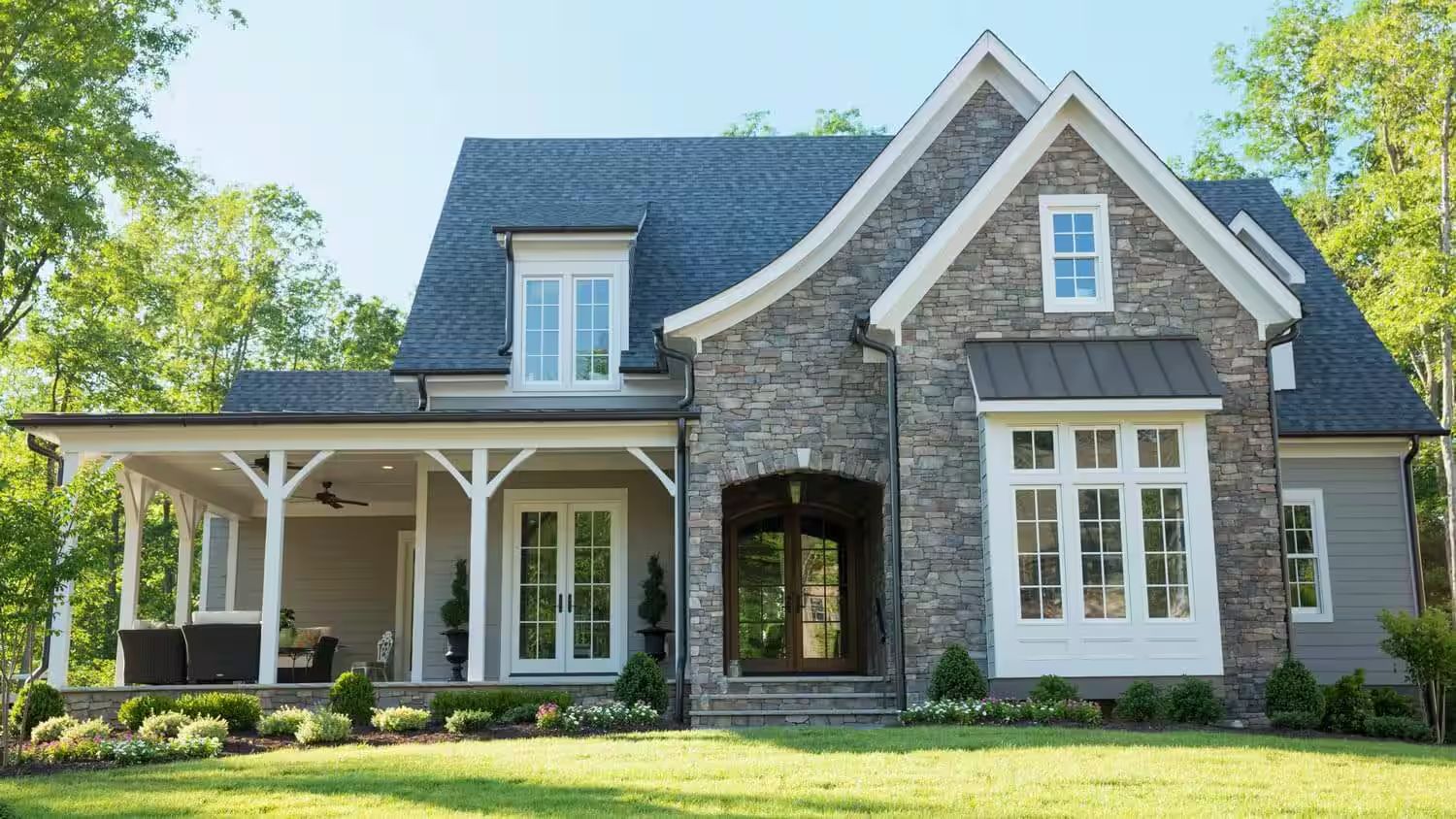
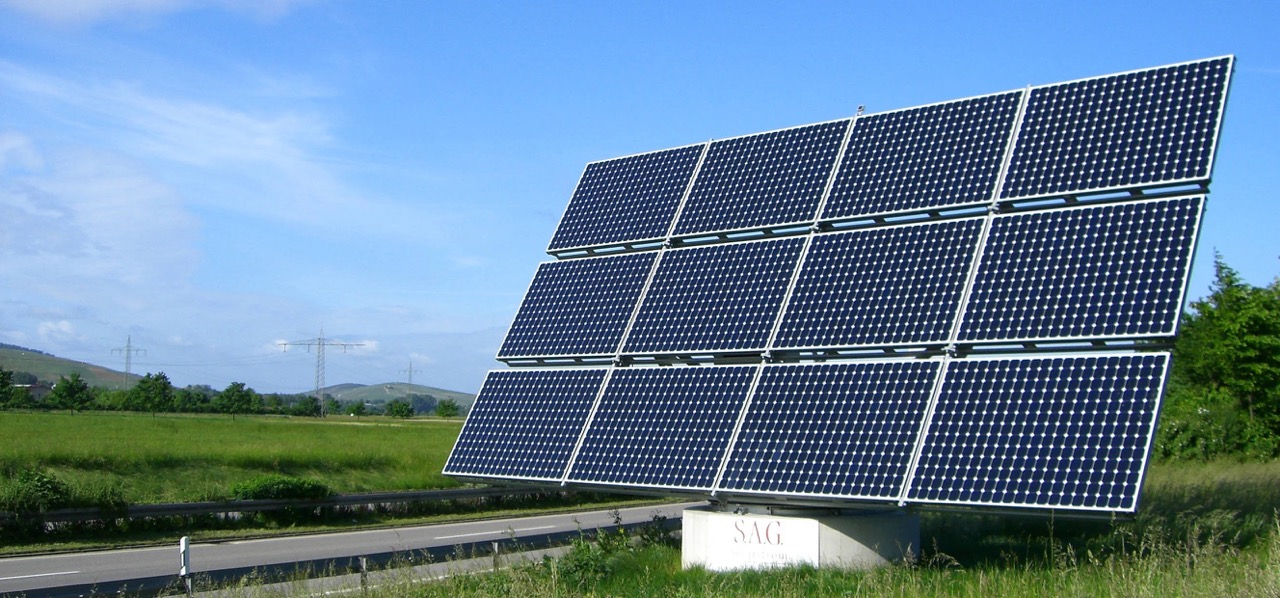
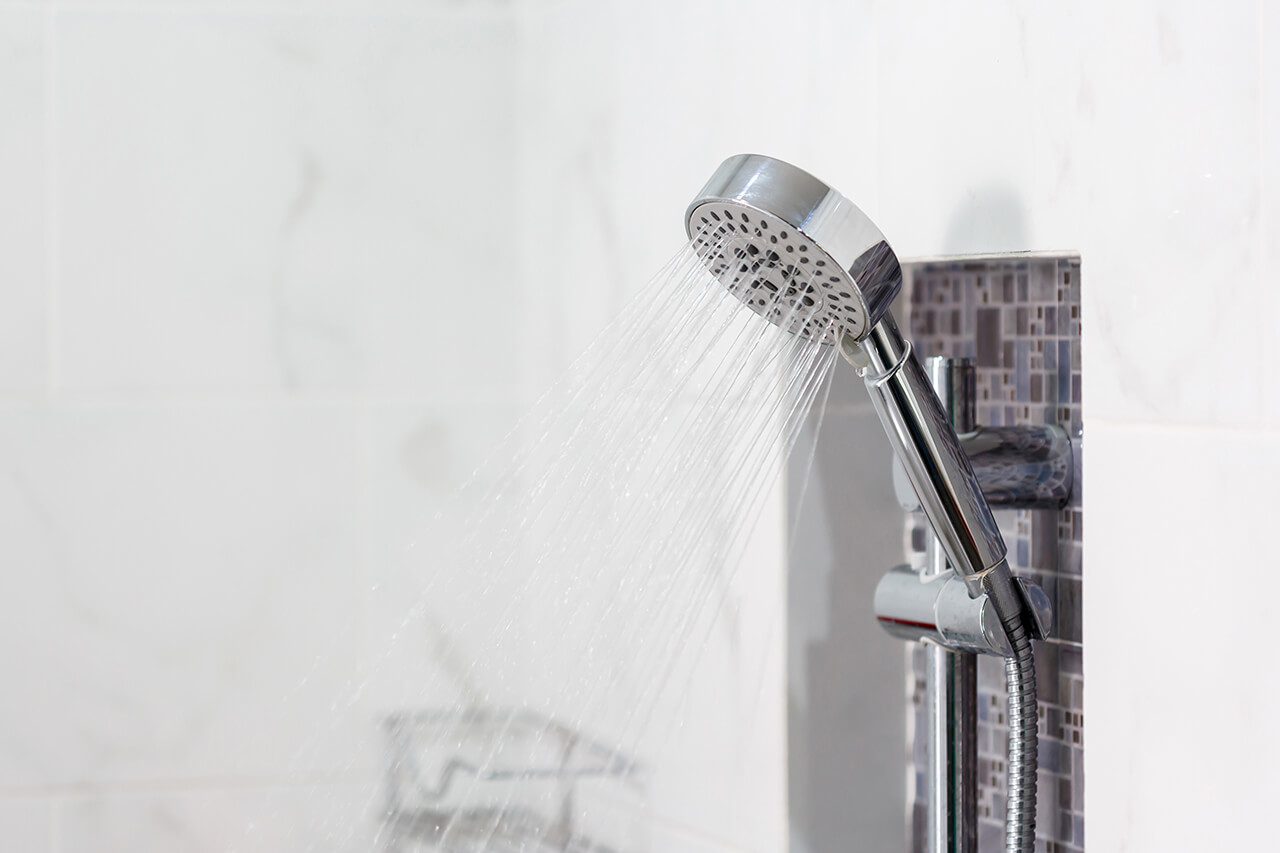
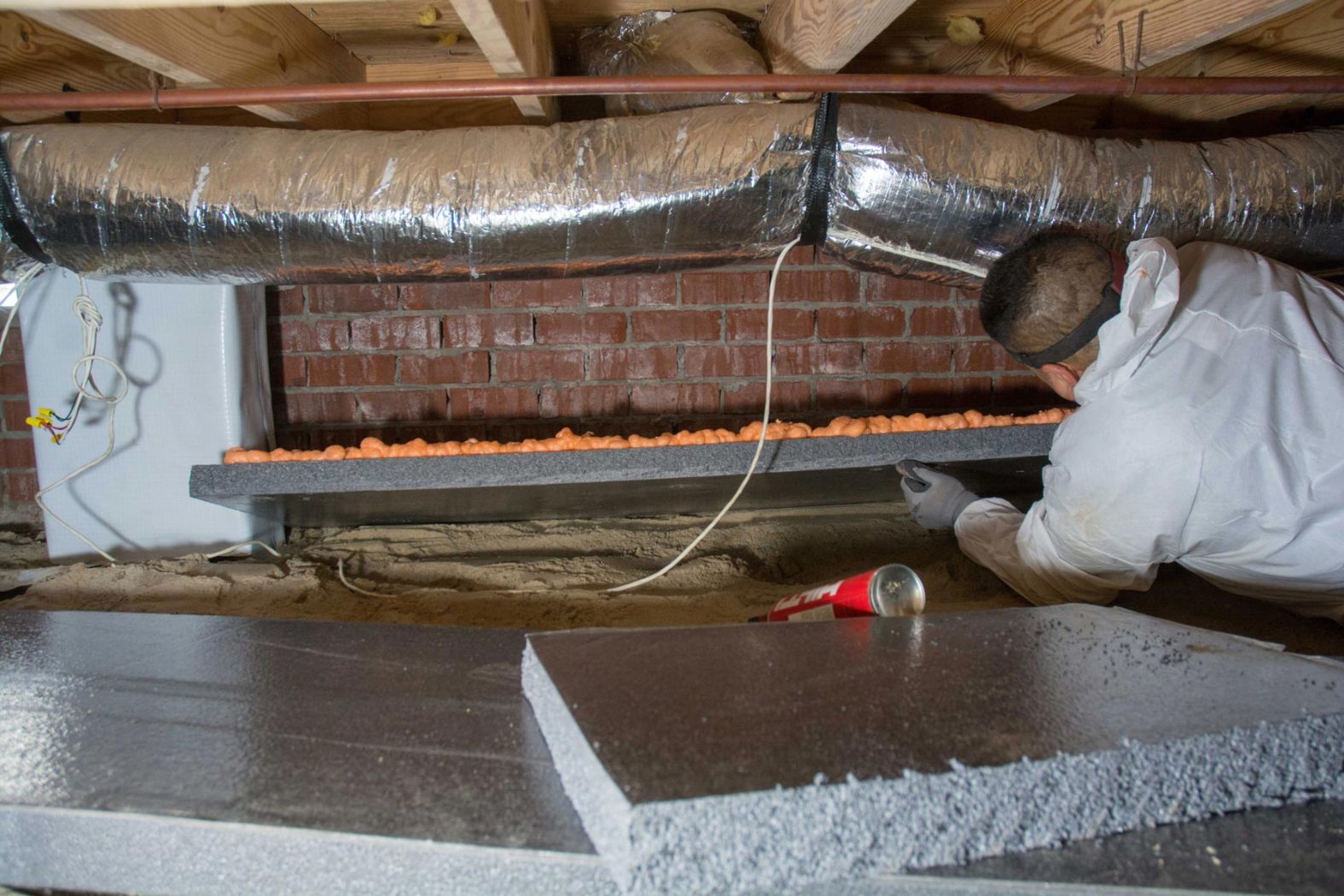

0 thoughts on “How Much Does Insulation Save On Energy Bills”